‘Drug Supermarket’ With Mexican Cartel Ties Busted in Georgia
Georgia authorities busted a drug ring and tied the group to Mexican drug cartels.
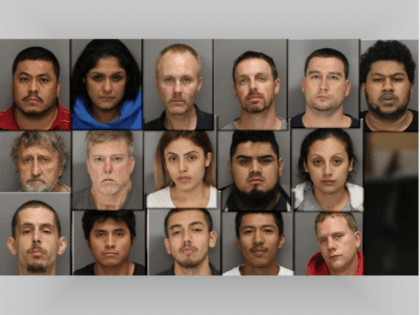
Georgia authorities busted a drug ring and tied the group to Mexican drug cartels.

Investigators in Costa Rica are working feverishly to find out why the children of Joaquin “El Chapo” Guzmán were in their country as recently as last year.
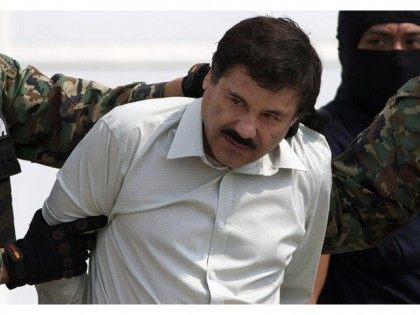
One of the biggest blows to the Los Zetas drug cartel was dealt when a money laundering empire involving horse racing in Texas was dismantled in 2012. A drug smuggler now testifying in that case in San Antonio told the jury that horse racing was part of the trafficking culture, and Los Zetas leaders had been heavily involved in the sport well before the laundering scheme’s ringleaders were arrested.
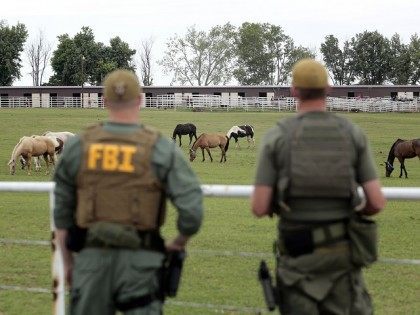
Mexican authorities recently announced they have confiscated 11 planes, eight vehicles and six houses belonging to notorious kingpin and Sinaloa cartel leader Joaquin “El Chapo” Guzmán in the past five months. However, concern is growing in Mexico over why the government can’t—or won’t—seize even more of the drug lord’s considerable assets.
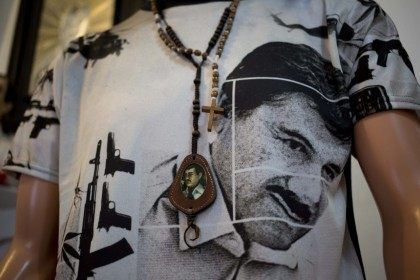
Due to the giant financial influx provided by Mexican shoppers across the border, Arizona extends special privileges to Mexican nationals who possess a Border Crossing Card, essentially extending the border 75 miles into the state. However, a multi-agency push could extend that imaginary border to cover the entire state of Arizona, allowing roughly 1.2 million Mexican visitors to travel freely throughout the state without having to file an I-94 form.
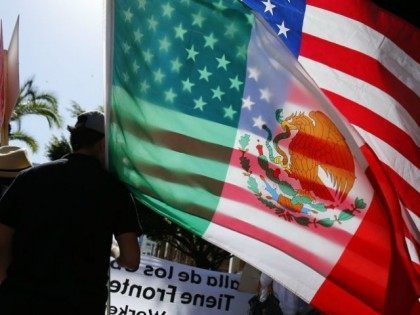
An Ohio county sheriff recently announced his agency had made one of the largest heroin seizures ever in the Miami Valley – drugs that were sourced to Mexico’s Sinaloa cartel. Hundreds of thousands of dollars and several firearms were also seized. The sheriff is now warning the cartel to stay out of his territory.
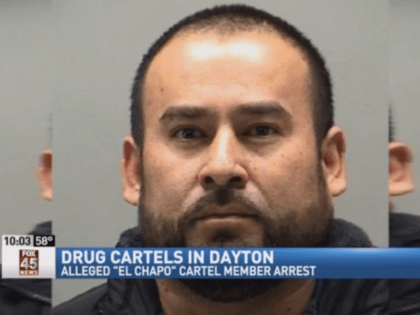
After falling behind Peru as the world’s largest cocaine producer, Colombia has regained the top spot. The South American country now grows more illegal coca than Peru and third-place Bolivia combined, and most of that cocaine is headed to the U.S. through Mexico.

Shortly after the tragic terror attacks that occurred in Paris the evening of November 13, French President Francois Hollande ordered the closing of his country’s borders to prevent anyone involved in the attacks from leaving France. However, carrying out such an order by bringing all cross-border traffic to a halt—even in a country as relatively small as France—is easier said than done.
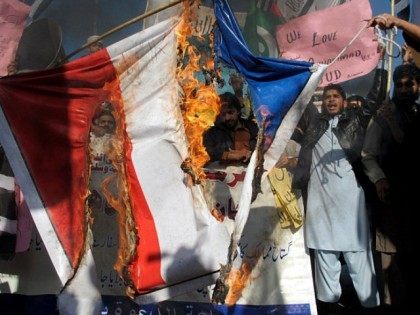
Sheriff’s deputies from Nacogdoches county, Texas, made a traffic stop and found over $1 million in cash that they determined belonged to a Mexican drug cartel. The incident occurred nearly 500 miles from the U.S.-Mexico border.

Law enforcement officials in rural Indiana were in for a shock when they started searching a 148-acre tract of land in Delaware County during a murder investigation. The deceased owner of the property had allegedly been purchasing thousands of pounds of marijuana every year from a Mexican cartel, and a three-day search, begun on November 5, was attempting to uncover the remains of a snitch the owner had buried on his land over a decade ago.

Despite Mexico City’s enormous population and opportunities for criminal organizations, it has remained a relative neutral ground for drug cartels. But that image was shattered when drivers discovered a corpse hanging from a Mexico City bridge—a telltale sign that the capital’s peace may be about to shatter.
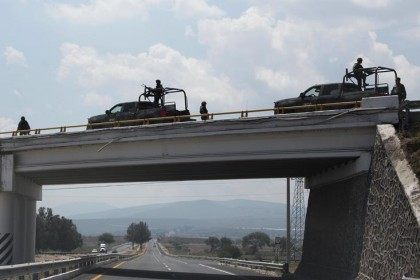
On November 4, Mexico’s Supreme Court made a landmark—and highly controversial—decision, declaring that individuals should have the right to grow and distribute marijuana for their personal use. The ruling applies only to a single cannabis club that filed the suit, but may have initiated a domino effect that will pave the way for eventual marijuana legalization.
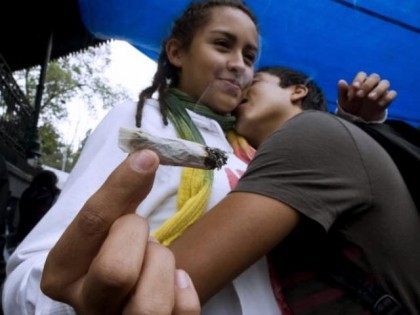
It has long been known that Colombian terrorists produce roughly half of the cocaine that enters Mexico en route to the US. Panamanian authorities have recently revealed that the Sinaloa Cartel has had a direct presence in Panama for years—including most-wanted kingpin Joaquin “El Chapo” Guzmán himself.

Smuggling human beings has become a more profitable commodity than smuggling drugs. Just one person can command a profit of up to $100,000 for human smugglers, according to one criminologist in the Caribbean. That “premium package” could get the migrant a new identity, foreign passport, legitimate documents, and a plane ticket to the US.
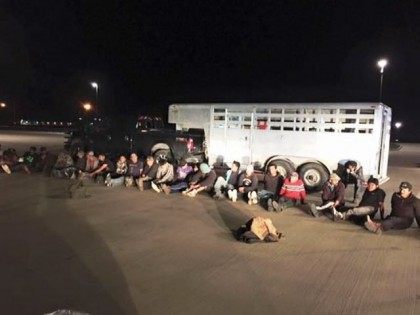
When most Americans think of large numbers of Cuban migrants leaving the island nation, they picture rafts and boats headed towards the Florida Keys. However, this new exodus finds hundreds of Cubans heading to Central America and joining those following the same migration routes heading towards the U.S.-Mexico border.
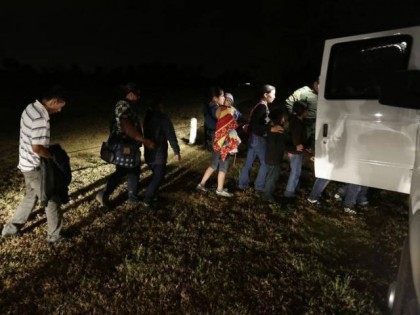
Halloween weekend was a deadly one in Chicago, which registered shootings that left 15 people wounded. The city has a high crime rate and dozens of gangs that most assume are responsible for the high levels of urban violence. However, many residents feel that it’s the very presence of dangerous drug dealers who keep them safe.
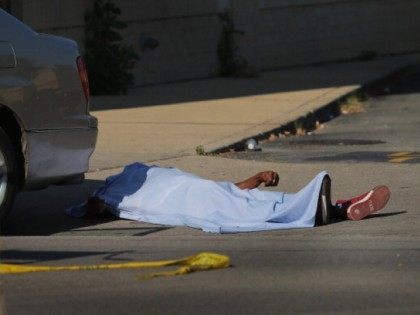
A self-identified Mexican drug cartel enforcer was expected to receive a life sentence on November 2 with no chance for parole after pleading guilty on October 6 to nine murders in California. Authorities say the man admitted to several other killings across the country in service of a cartel he refuses to identify.
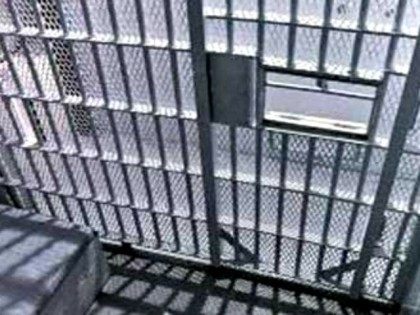
A Catholic Church official announced Sunday that Pope Francis will arrive in Mexico on February 12 to begin his much-anticipated eight-day visit.

On October 24, Mexican President Enrique Peña Nieto toured areas in southwest Mexico affected by Hurricane Patricia. The hurricane’s 200-mph winds at landfall and accompanying torrential rains left surprisingly little damage in her wake.
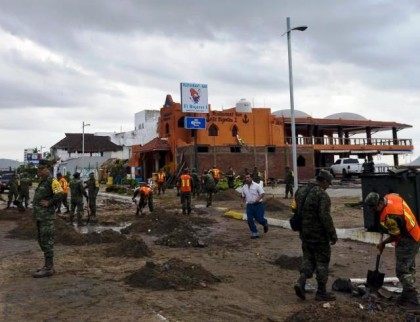
When the Mexican government announced the deregulation of its energy sector, many in the industry anticipated a rush to exploit Mexico’s rich hydrocarbon and gas deposits. People living in the Mexican energy boomtown in the Juárez Valley southeast of Ciudad Juárez and El Paso, Texas, allege that land speculators preparing for the start of oil and gas production have spurred a land grab that has forced what some claim is an exodus of local residents.
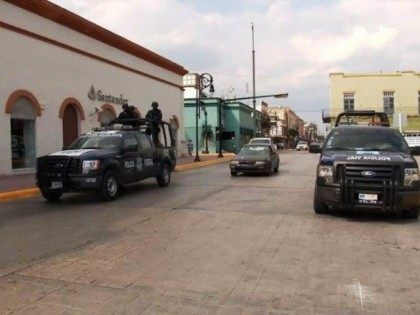
Hurricane Patricia was hailed as an historic and potentially catastrophic storm as it slammed into the Mexican Pacific coast with sustained winds of over 200 miles per hour. But despite the fears and warnings, the Category 5 hurricane made landfall the evening of October 23 just south of Puerto Vallarta without any loss of life or massive damage to critical infrastructure.

Mexico and the United States said on October 15 they will open two jointly staffed border inspection stations on Mexican soil in a bid to streamline trade and improve communication at the frontier. This plan is not new, but has been held up for years in the shadow of controversy over US agents carrying firearms on Mexican soil.
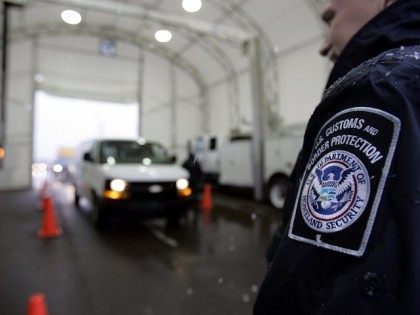
A prominent blog from Spain about citizen journalism has touted the efforts of Breitbart Texas’ Cartel Chronicles project as a “successful formula” for demonstrating how the collaboration between professional and citizen journalists can bring down violent drug cartels. Journalist and director of Spain’s Periodismo Ciudadano website Paula Gonzalo writes that Breitbart Texas is acting as a bridge across the border so Mexican citizen journalists can tell these vivid cartel stories.
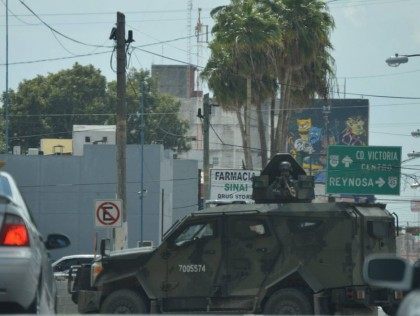
Ohio’s Attorney General believes the Toledo’s new pot ordinance will turn the city into a haven for drug cartels. In September 2015, residents of Toledo, Ohio voted 11,663 to 4,911 to pass the “Sensible Marihuana Ordinance,” which eliminated the punishments for possessing and trafficking marijuana. It makes the crime either a minor drug offense or a fifth-degree drug felony.

Mexico’s plan to deter illegal immigrants from Central America from crossing its southern border has been effective, as apprehension numbers have plummeted. However, abuse complaints—including violent attacks and extortion—against Mexican immigration officials have skyrocketed.
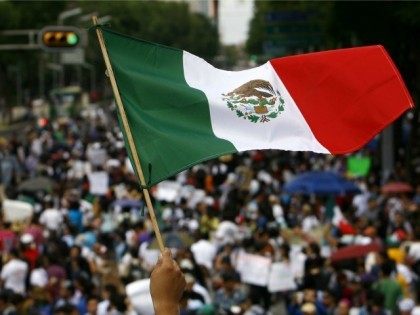
On October 7, the US Department of Justice announced the Organized Crime Drug Enforcement Task Force (OCDETF) had dismantled a drug trafficking organization responsible for the transportation of multi-kilogram quantities of cocaine and drug money between Puerto Rico and the Continental United States. This organization was using drug mules to smuggle kilograms of cocaine hidden in suitcases on airplanes.

Mexico’s National Institute for Transparency, Access to Information and Protection of Personal Data (INAI) said on October 11 that the Defense Secretariat must find and release any communications with the U.S. government relating to the disappearance last year of 43 education students in southern Mexico.

The United Nations Human Rights Commissioner recently wrapped up a visit to Mexico, describing his visit as “sobering.” Despite noting several legislative developments and reforms in the country, the Mexican people have painted a tragic picture filled with widespread corruption and insecurity.
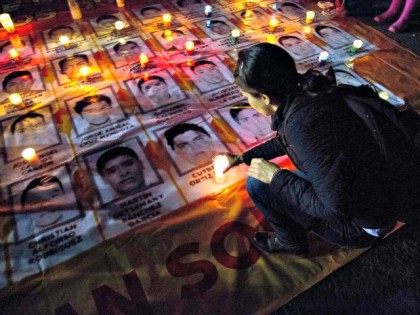
On October 7, the US Justice Department released a statement saying that one of Honduras’ most powerful businessmen and two of his family members have been indicted for allegedly laundering money for drug traffickers. Seven businesses were also labeled “specially designated narcotics traffickers” under the Kingpin Act.

Crossing our southwest border from Mexico into the US is no easy task. It is also all to often a deadly proposition; if your coyote (human smuggler) doesn’t kill you or leave you for dead, the brutal desert environment will. As the number of illegal immigrant bodies discovered in Texas has grown, so has the concern of civic groups who want to help prevent these deaths.

On October 8, Mexico’s Attorney General’s Office announced that the pilot who helped notorious drug lord Joaquin “El Chapo” Guzmán escape from a high-security prison had been captured. This was the first time any mention had been made of a pilot being involved in the plot, and authorities did not say if the arrest was bringing them any closer to discovering Guzmán’s whereabouts.
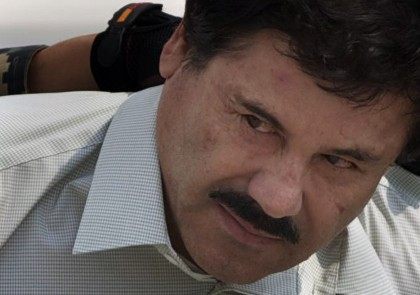
It’s an understatement to describe the relationship between the US and Venezuela as strained. The two countries have a history of expelling each other’s diplomats after spats over petroleum, democracy, and human rights. However, that tension was taken to a new level recently when US judges quietly unsealed indictments charging two former top Venezuelan police officials with drug trafficking.
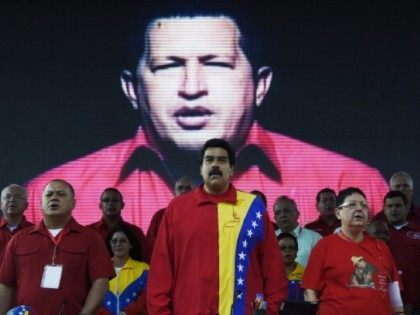
As Breitbart Texas has previously reported, Middle America is awash in deadly heroin coming from south of the border. The Mexican heroin is affecting middle- and upper-class families in unprecedented ways. In a special series for Peoria Public Radio, Camille Phillips takes a look at how this deadly drug has invaded St. Louis, Missouri.
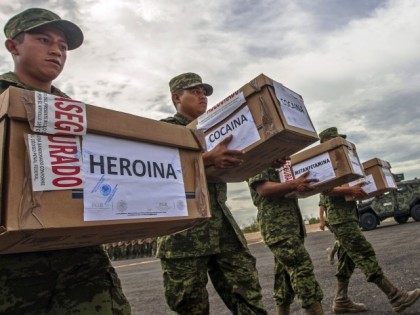
Make no mistake; the new thriller in theaters called Sicario is no documentary-style production of the drug war in Mexico. It’s a movie like any other, with its exaggerations and stylistic decisions. But what makes Sicario one of the better representations of the reality that is cartel violence on both sides of the border is that it’s accurate enough to be believable—even to those well-versed in the tiniest details of this endless war.

“Individuals that come across the Texas-Mexican border from a countries with a known terrorism presence and the answer to that is yes. We have individuals that we’ve needed to debrief in Pashto/Dari. Not a lot of Pashto and Dari speakers around. But you can’t think about the last attack; you have to think of the next attack and where our vulnerabilities are. So, we’re concerned about that.”
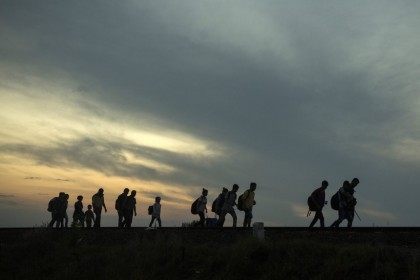
Since his highly publicized escape from a maximum-security Mexican prison in July, it has been assumed that notorious drug lord Joaquin “El Chapo” Guzmán Loera has once again taken the reigns of the powerful Sinaloa cartel. By his side for years has been Ismael “El Mayo” Zambada Garcia, who has so far escaped arrest. However, both drug lords are estimated to be in their early sixties, which means successors must be designated and groomed. The question is, will any of El Mayo’s four sons—known as “Los Mayitos”—fit this bill?
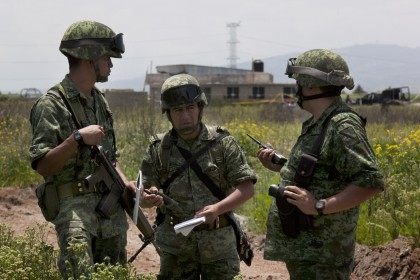
Como Breitbart Texas informó recientemente, Enrique Serrano Escobar, el alcalde de Ciudad Juárez, México (al sur de El Paso) declaró que pretende demandar a los creadores de la película de ficción “Sicario” en un tribunal estadounidense por “daños morales” a la ciudad. Escobar dijo que la película representa incidentes violentos que no reflejan la actualidad de la ciudad, diciendo el diario El Norte de México, “Daña la imagen de los juarenses.” Sin embargo, Escobar parece haber olvidado que Ciudad Juárez sigue es sede de dos grandes carteles de la droga y más de 400 pandillas callejeras.
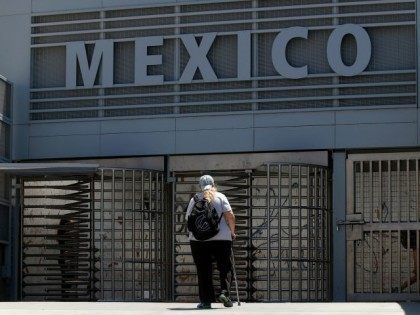
As Breitbart Texas recently reported, Enrique Serrano Escobar, the mayor of Ciudad Juárez, Mexico (just south of El Paso, Texas) stated he aims to sue the makers of the fiction film “Sicario” in a U.S. court for “moral damages” to the city. Escobar said the movie depicts violent incidents that don’t currently reflect the city, telling Mexico’s El Norte newspaper, “It hurts the image of Juarenses.” However, Escobar seems to have forgotten that Cuidad Juárez is still host to two major drug cartels and over 400 street gangs.
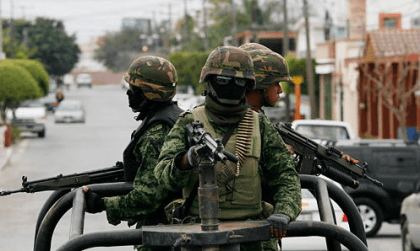
This week, the Federal Bureau of Investigation released its annual Uniform Crime Report (UCR), which summarizes a year’s worth of violent crime statistics from across the country. At a glance, it shows that violent crime is down across the country and in the State of Texas. However, the data used to make these assessments doesn’t include kidnappings or specify what crimes are drug- or cartel-related, painting a skewed picture of everyday life along some parts of the southwest border.
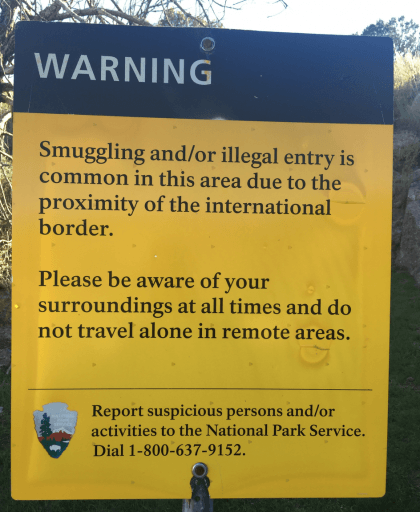
When most Americans hear the word heroin, they probably imagine a junkie underneath a highway overpass or an aging rock star with a needle sticking out of his arm. But the face of heroin abuse and addiction in America has changed dramatically in the last few years, and Mexican cartel drug traffickers are making sure those deadly little “balloons” filled with black-tar venom get into the hands of Middle America’s youth.
